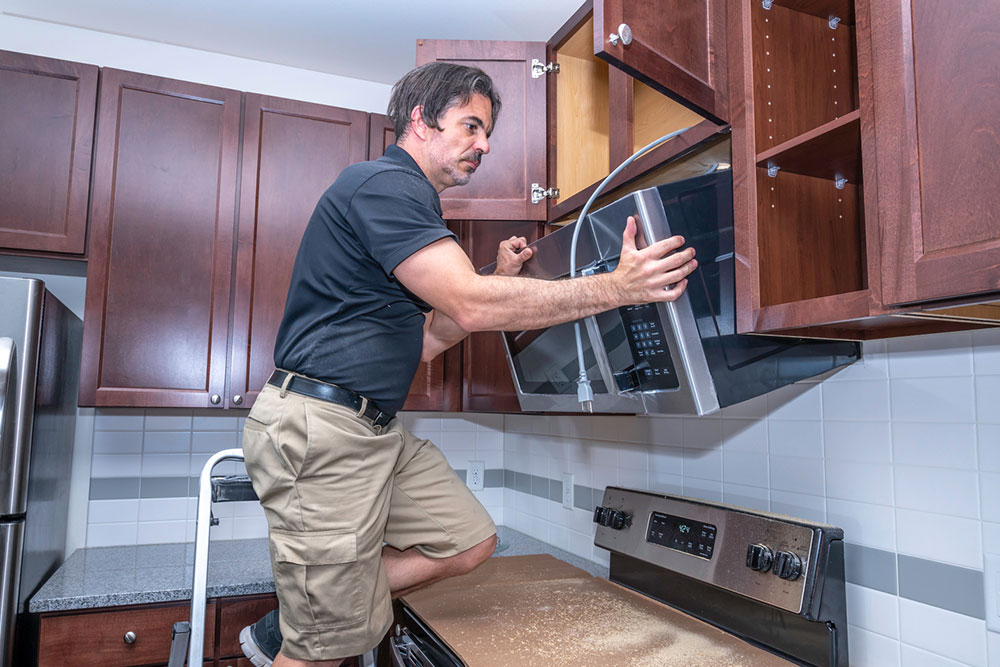9 things a home warranty does not cover

A home warranty is a service contract that offers financial cover for the wear and tear of a home’s appliances and systems. So, if something breaks down, the homeowner does not have to bear the cost of repairs. Rather, the warranty company will cover the expenses. But it is important to note that a home warranty does not cover all repairs. When signing the contract, one must take note of the exclusions.
Cosmetic repairs
Cosmetic repairs are made solely for aesthetics or to improve the home’s appearance. A home warranty does not cover such repairs. It only covers the cost of damages caused by normal wear and tear. For instance, if an oven breaks down or stops working during regular use, homeowners can expect the home warranty to cover the expenses. The contract will not cover the price of fixing scratches or dents on the oven because it counts as cosmetic repairs.
Outdoor elements
Another big thing a home warranty excludes is the cost of repairing fixtures outside the house. Examples are pools, spas, and septic systems. The contract may also leave out outdoor plumbing systems and their parts, like sprinklers, faucets, and valves. While most home warranty companies do not cover these things in their standard package, some offer add-ons that include outdoor elements.







